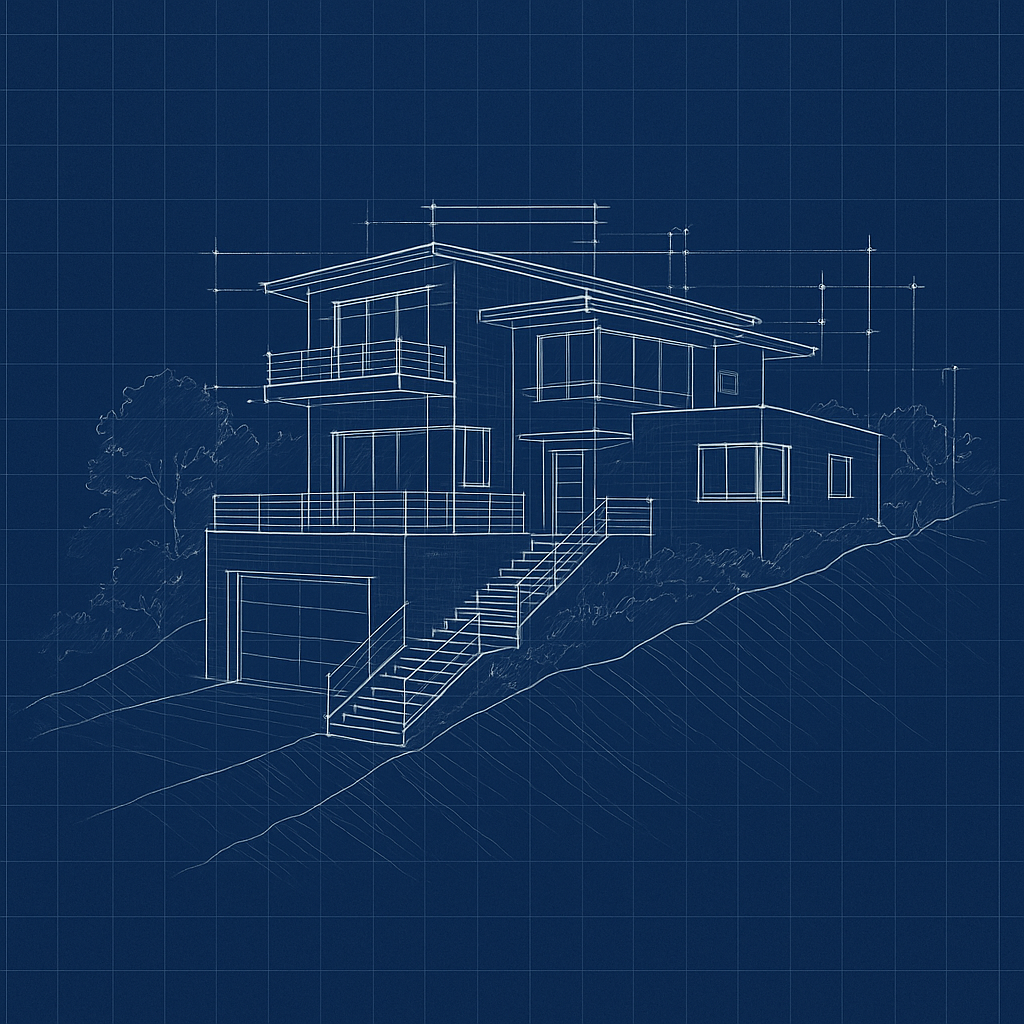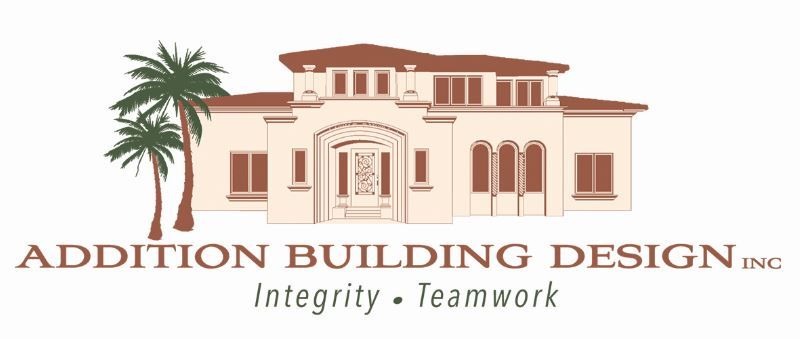Hillside Building 101: What Every Homeowner Should Know Before Building on a Slope

Building a home on a hillside offers some of the most breathtaking views in Southern California. From the canyons of Pacific Palisades to the ridgelines of Malibu and the slopes of Sherman Oaks and Encino, hillside properties combine privacy, prestige, and natural beauty.
But they also come with unique challenges that require planning, expertise, and a deeply experienced design-build team.
This guide simplifies what homeowners need to know before starting a hillside construction or rebuild.
1. Understanding the Site
Every hillside lot is different. Before design begins, homeowners need a clear understanding of the land.
Key factors include:
- Slope angle
- Soil stability
- Fault lines or seismic activity
- Drainage and water flow
- Erosion risk
- Access for construction vehicles
A geotechnical engineer will test the soil, identify potential risks, and give builders the information needed to design a safe foundation.
2. The Importance of Retaining Walls and Foundations
The foundation is the most critical part of any hillside home.
Depending on the slope, your property may require:
- Caisson and grade beam foundations
- Concrete retaining walls
- Tie-backs and anchors
- Raised decks or platforms
- Slope stabilization systems
These elements prevent shifting soil, sliding, and water intrusion. A well engineered foundation ensures long term safety and allows for more creative architectural designs.
3. Working With Strict Hillside Building Codes
Hillside construction in Los Angeles follows stricter regulations compared to flat lots. Homeowners must comply with:
- Height limits
- Fire zone building standards
- Setback and step-back requirements
- Grading restrictions
- Access and emergency vehicle requirements
- Stormwater and drainage rules
A knowledgeable design build firm prevents costly delays by navigating these codes from the start.
4. Designing for Stability, Safety, and Beauty
Hillside homes demand thoughtful design that blends function with aesthetics while respecting the land.
Common hillside design strategies include:
- Multi level floor plans
- Large windows for natural light
- Cantilevered living spaces
- Terraced outdoor patios
- Rooftop decks
- Fire resistant exterior materials
A good design maximizes the view while minimizing disturbance to the terrain.
5. Managing Water, Drainage, and Runoff
Water is one of the biggest threats to hillside homes. Poor drainage can lead to erosion, foundation movement, or landslides.
Effective hillside drainage includes:
- French drains
- Swales and channels
- Proper grading
- Waterproofing systems
- Retaining wall drainage pipes
- Landscape planning with drought tolerant plants
These systems must be integrated early, not added later.
6. Driveways and Access Solutions
Getting cars and equipment safely onto a hillside lot requires planning.
Options may include:
- Narrow or curved driveways
- Elevated driveway slabs
- Bridges or platforms
- Turnaround pads
- Reinforced retaining walls around access areas
Safe access is one of the most overlooked parts of hillside construction.
7. Budgeting for a Hillside Build
Hillside projects cost more than flat land builds due to engineering, materials, and specialized labor.
Homeowners should budget for:
- Geotechnical reports
- Structural engineering
- Retaining walls and caissons
- Longer build timelines
- Complex utilities and drainage
- High quality materials suitable for fire zones
A transparent design build process helps homeowners plan realistically.
8. Choosing the Right Team
Experience is everything in hillside construction.
Homeowners should work with a team that understands:
- Complex grading
- Soil stabilization
- Caisson drilling
- Hillside seismic codes
- Wildfire resistant construction
- High-end architectural design
A seasoned firm ensures safety, compliance, and a cohesive design that enhances the land rather than fights it.
Building on a hillside opens the door to stunning architecture and breathtaking lifestyle experiences. It requires skill, planning, and deep knowledge of LA’s terrain, but when executed correctly, the results are unmatched.
A hillside home is more than a structure. It is a personal retreat, built safely and beautifully into the natural landscape.

